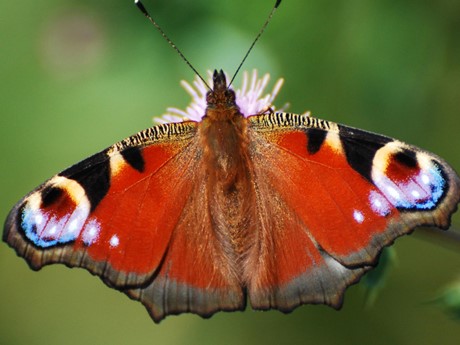A brief history of phenology
The term ‘phenology’ was coined around 1849 by botanist Charles Morren although people have been recognising and recording the changing seasons for many hundreds of years.
In Japan and China the time of blossoming of cherry and peach trees is associated with ancient festivals and some of these dates can be traced back to the eighth century.
Phenology in the UK
Robert Marsham was Britain's first phenologist and recorded his 'Indications of Spring' between 1736 and his death in 1797.
Between 1875 and 1948 the Royal Meteorological Society ran a national recorder network. For example, in 1899 there were 155 phenological observers contributing records as part of this scheme. They were asked to record the flowering of 13 plants, and the appearance of birds and insects.
From 1948 until 1998 there was no organised phenology recording until Tim Sparks, research biologist at the Centre for Ecology & Hydrology, started a pilot scheme that would be compatible with the historic records and also current international schemes.
In autumn 2000 the Woodland Trust joined forces with the Centre for Ecology & Hydrology to promote phenology to a wider and larger audience. Since then, thousands of people across the UK have taken part in Nature's Calendar, the UK Phenology Network.

Phenology diaries (Kate Lewthwaite/WTML)
